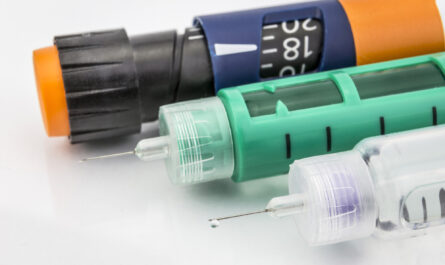Medical device vigilance plays a crucial role in patient care and safety. As technologies advance at an exponential rate, more innovative devices are making their way to doctors and patients. While these tools bring immense benefit, they also carry inherent risks that must be vigilantly monitored. Materiovigilance is the practice of monitoring medical devices post-market to ensure their continued safety and effectiveness.
What is Materiovigilance?
Materiovigilance refers to the scientific and regulatory activities used to detect, assess, understand and prevent adverse events or any other problems related to health products. It aims to reduce risks relating to the use of medical devices and ensure they continue delivering the intended benefits to patients throughout their lifecycle.
The key goals of materiovigilance include:
– Detecting adverse events or malfunctions in real world use that were not identified during pre-market clinical trials or risk assessments
– Assessing whether frequency or severity of known adverse events are changing over time due to longer term use
– Understanding root causes of safety issues to help manufacturers implement corrective actions
– Communicating safety signals to healthcare providers and regulatory bodies to facilitate risk mitigation
– Preventing harm by promptly addressing emerging safety concerns through recalls, warnings or other regulatory safeguards
stakeholder roles in Materiovigilance
Vigilance of medical devices relies on coordinated efforts from manufacturers, healthcare facilities, regulatory agencies and patients themselves. Each group plays an important part in the materiovigilance system:
Manufacturers: Are responsible for post-market surveillance of their approved devices, monitoring complaints and adverse events databases. They must report any serious issues to regulators and implement necessary corrective actions.
Healthcare Facilities: Frontline healthcare workers like surgeons, nurses and hospitals are well placed to detect issues in clinical practice. They report any safety signals to manufacturers and regulators to initiate investigations.
Regulatory Agencies: Oversee the entire materiovigilance process, reviewing reported events for trends. Agencies can mandate recalls, label changes or post-market studies based on risk assessments to protect public health.
Patients: Play a vital role by accurately reporting any issues experienced with devices directly to manufacturers or via consumer safety portals. Their real world feedback aids understanding of post-market performance.
Real world impact of Materiovigilance
By continuously monitoring devices after approval, the materiovigilance system has detected and addressed several significant risks, helping improve medical outcomes:
– Detection of rare but lethal infections from contaminated infusion pumps and dialysis solutions lead to recalls, saving many lives.
– Identification of increased fracture risks from certain metal-on-metal hip implants prompted regulatory restrictions and new surgical techniques.
– Reports of long term complications like chronic pain from now recalled transvaginal meshes uncovered previously unknown safety issues.
– Ongoing data helped refine vascular graft guidelines and reduce failure rates through prompt identification of high risk patient subgroups.
– Constant analysis of age and usage contributed to expanded indications and led to important post-market product enhancements based on gathered insights.
Challenges in Materiovigilance
While serving an important function, materiovigilance systems also face certain obstacles:
– Underreporting remains a challenge with many adverse events going unnoticed due to lack of structured event reporting culture or oversight in some regions.
– Attrition of implanted or ingested devices before problems surface makes causality hard to prove for some delayed onset complications.
– Differentiating normal wear and tear from design issues particularly for replacements used over extended periods.
– Interplay of multiple device factors and patient comorbidities complicates root cause analysis of combined modality complications.
– Resource and budget constraints can hamper proactive surveillance for smaller manufacturers and developing healthcare systems.
Overcoming such difficulties through ongoing coordination between stakeholders will help strengthen global medical device safety frameworks. With continued evolution, materiovigilance is poised to further its contributions to public health.
Rigorous post market vigilance is essential to ensuring medical technologies deliver on their promise of improving lives while minimizing unintended consequences. No regulatory approval process can predict every potential risk. But through proactive collaboration and exchange of real world usage insights, the materiovigilance system works to ensure any emerging issues are swiftly addressed. As device capabilities expand what is medically possible, sustained vigilance will remain key to maintaining patient trust in technology and upholding the ethical duty of ensuring no patient suffers harm.




